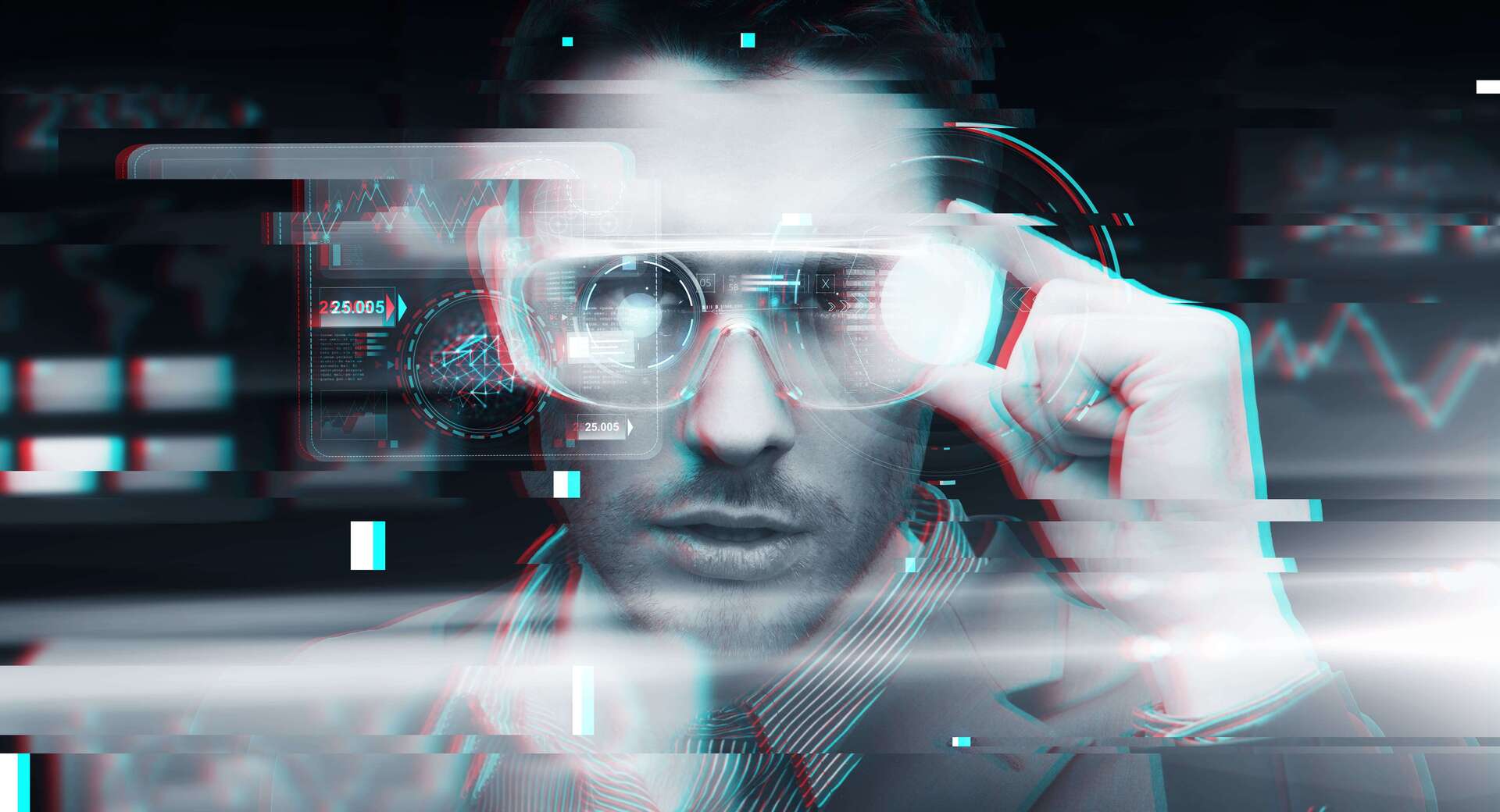
FAQ About Augmented Reality
Augmented Reality
2 years ago | gizem
What impact can Augmented Reality have on education?
Augmented Reality (AR) has the potential to significantly impact education by enhancing the learning experience, increasing engagement, and providing immersive and interactive educational content. Here are some key ways in which AR can positively influence education:
- Visualizing Abstract Concepts: AR can bring abstract and complex concepts to life by overlaying digital content onto the real world. Students can interact with 3D models, animations, and visualizations, making it easier to understand challenging subjects such as anatomy, molecular structures, or astronomical phenomena.
- Hands-on Experiments and Simulations: AR allows students to conduct virtual experiments and simulations, providing a safe and cost-effective alternative to traditional hands-on activities. Students can explore scientific principles, perform virtual dissections, or simulate physics experiments, fostering a deeper understanding of concepts and improving retention.
- Interactive Learning Experiences: AR encourages active learning through interactive experiences. Students can engage with AR applications, games, and quizzes that require them to solve problems, complete challenges, or collaborate with peers. This interactivity promotes critical thinking, problem-solving, and teamwork skills.
- Virtual Field Trips and Cultural Exploration: AR can transport students to virtual environments, offering immersive field trips to historical landmarks, museums, or distant locations. Students can explore different cultures, eras, or ecosystems without leaving the classroom, broadening their horizons and fostering a sense of global awareness.
- Personalized Learning: AR can adapt to individual learning styles and pace, offering personalized educational experiences. Students can access AR content tailored to their needs, receive customized feedback, and progress at their own speed. This individualization promotes self-directed learning and accommodates diverse learning preferences.
- Language Learning and Translation: AR applications can assist language learners by overlaying translations, pronunciations, and contextual information onto real-world objects or texts. This immersive language learning experience helps develop vocabulary, pronunciation skills, and cultural understanding.
- Special Education and Accessibility: AR can provide inclusive learning experiences for students with disabilities. By presenting information in multiple sensory modalities, such as visual and auditory cues, AR helps students with learning disabilities, visual impairments, or hearing impairments to access and engage with educational content more effectively.
- Teacher Support and Professional Development: AR can support teachers in delivering engaging lessons and providing real-time assistance. Teachers can use AR tools to create interactive presentations, visualize concepts, or monitor students' progress. AR can also aid in teacher professional development by offering training simulations, classroom management tools, and access to educational resources.
